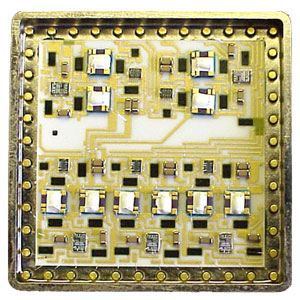

The faraday rotator is a non-reciprocal rotator, so it will cancel out the rotation introduced by the half wave plate for the reverse mode light. A Faraday rotator and a half-wave plate rotate the polarization of each branch before they encounter a second birefringent crystal aligned to recombine the two beams.īack-reflected light will encounter the second birefringent crystal and be split into two beams with their polarizations aligned with the forward mode light. In a polarization independent fiber isolator, the incoming light is split into two branches by a birefringent crystal (see Figure 3). Light is deflected away from the input path and stopped by the housing. Hence, the light will either be reflected or absorbed.įigure 3. This results in a net rotation of 90° with respect to the input polarizer, and thus, the POP is now perpendicular to the transmission axis of the input polarizer. It then passes through the Faraday rotator rod, and the POP is rotated another 45° in the positive direction. Light traveling backwards through the isolator will first enter the output polarizer, which polarizes the light at 45° with respect to the input polarizer. Therefore, the light leaves the isolator with a POP of 45°. Finally, the light exits through the output polarizer which has its axis at 45°. The Faraday rotator will rotate the plane of polarization (POP) by 45° in the positive direction. Laser light, either polarized or unpolarized, enters the input polarizer and becomes vertically polarized. In this example, we will assume that the input polarizer's axis is vertical (0° in Figure 2). Light propagating in the reverse direction is rejected by the input polarizer. This light's polarization is now perpendicular to the transmission axis of the input polarizer, and as a result, the energy is either reflected or absorbed depending on the type of polarizer.įigure 2. In the reverse direction, the Faraday rotator continues to rotate the light's polarization in the same direction that it did in the forward direction so that the polarization of the light is now rotated 90° with respect to the input signal. The output light is now rotated by 45° with respect to the input signal. The Faraday element rotates the input light's polarization by 45°, after which it exits through another linear polarizer. The input polarizer works as a filter to allow only linearly polarized light into the Faraday rotator. H: the magnetic field strength in Oersted.Īn optical isolator consists of an input polarizer, a Faraday rotator with magnet, and an output polarizer. L: the path length through the optical material in cm. V: the Verdet Constant, a property of the optical material, in minutes/Oersted-cm. Faraday Rotator's Effect on Linearly Polarized Light Faraday Rotation


 0 kommentar(er)
0 kommentar(er)
